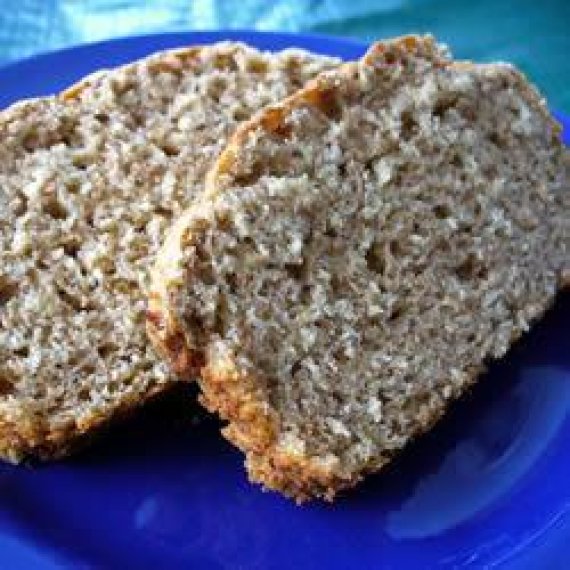The gluten protein forms a network in the dough which traps gas when it rises and gives bread its airy structure. That is why gluten-free bread is currently not made from dough but from a batter made from gluten substitutes. PhD student Diana Londono studied the possibilities for making a dough out of oats, as bakers prefer this method. She first investigated which oatmeal did best in a bread dough that included wheat gluten. A significant conclusion was that wholemeal oatmeal is less suitable for creating an airy type of bread than refined oat flour. This is because beta-glucans, fibres which are concentrated in the bran, prevent the bread from rising. Londono then went on to look for an alternative to the gluten so that the dough could rise. She tested certain milk proteins which can form networks too. These turned out to be promising, but require further research. In any case, Londono’s thesis will be sent to baker’s organizations so that bakers have the information and can work on creating a good oat flour dough, says Londono’s supervisor Gilissen.
Diana Londono received her PhD on 19 June from Richard Visser, professor of Plant Breeding, and Rob Hamer, professor of Food Chemistry.

